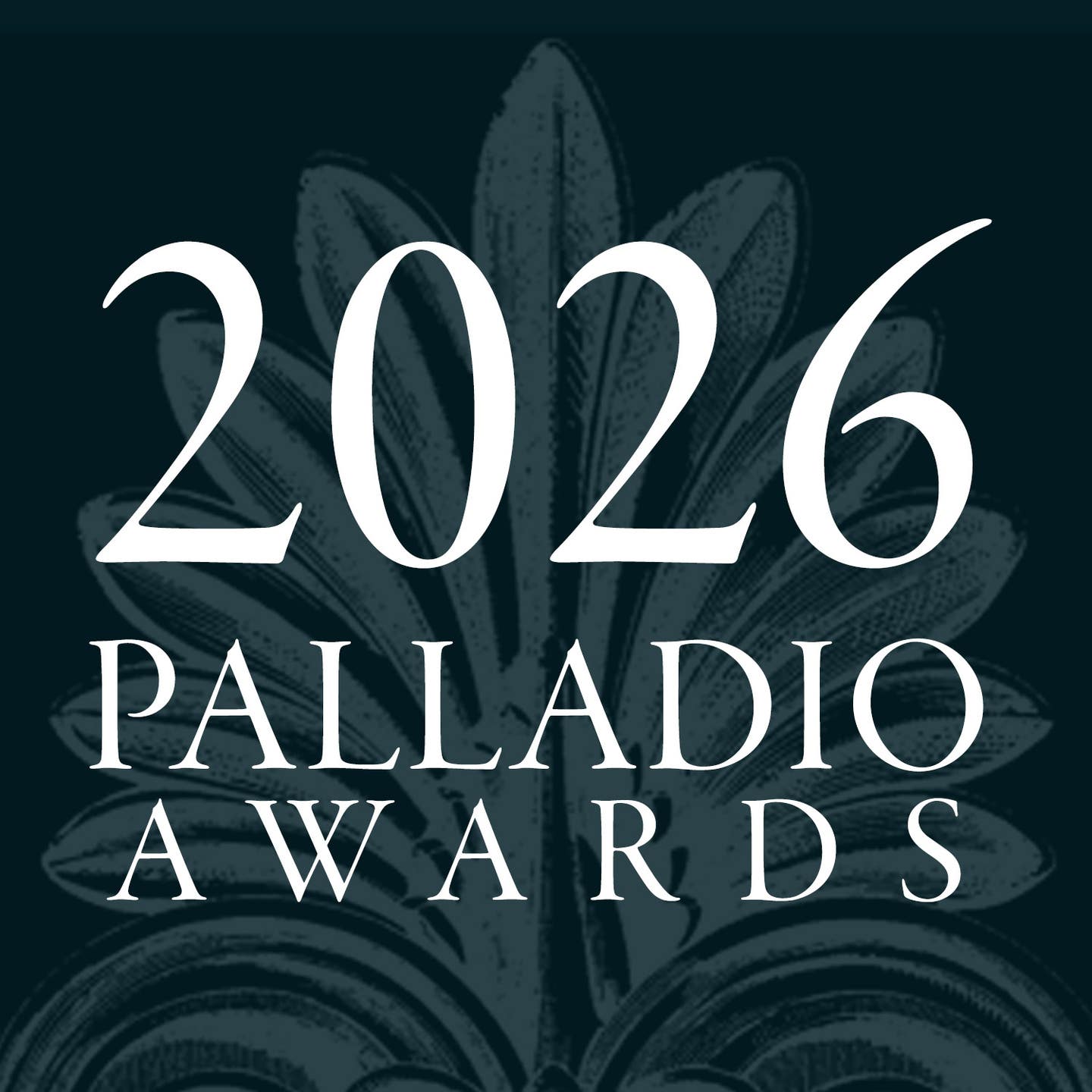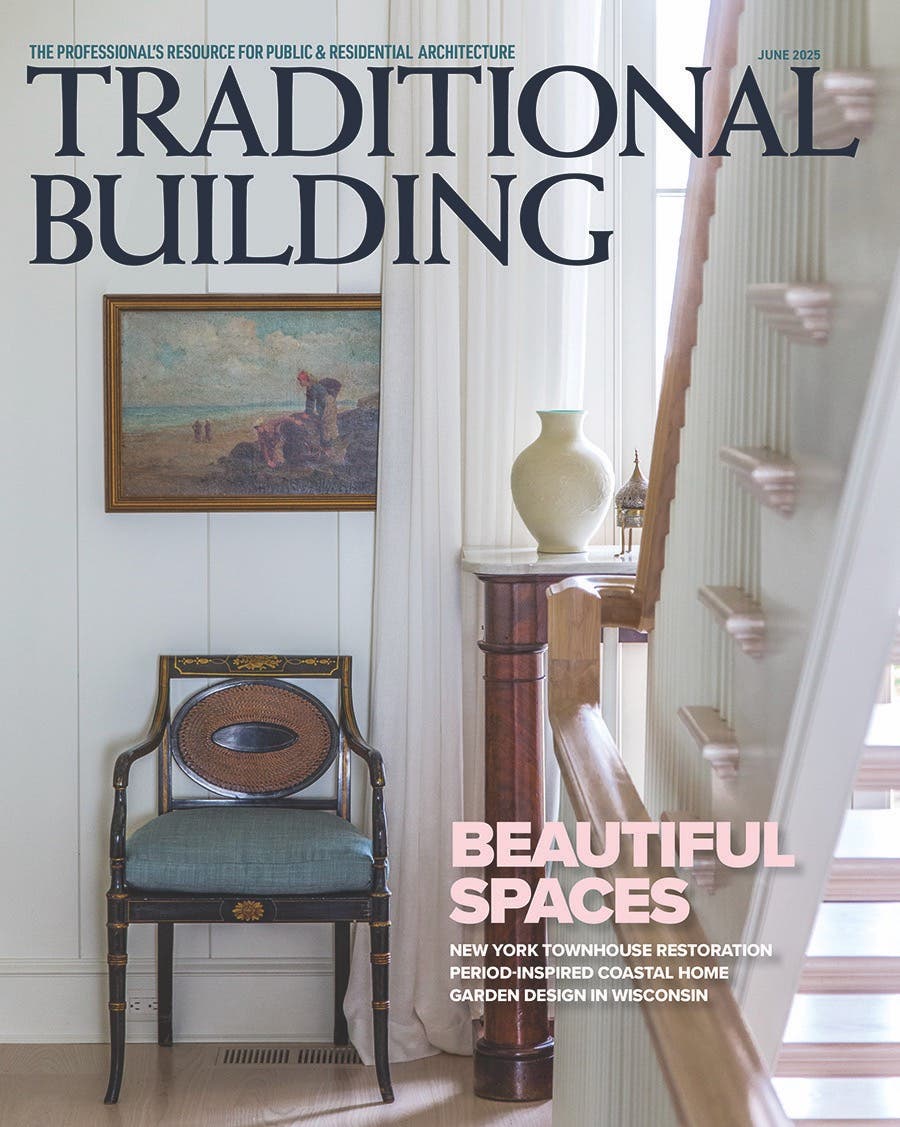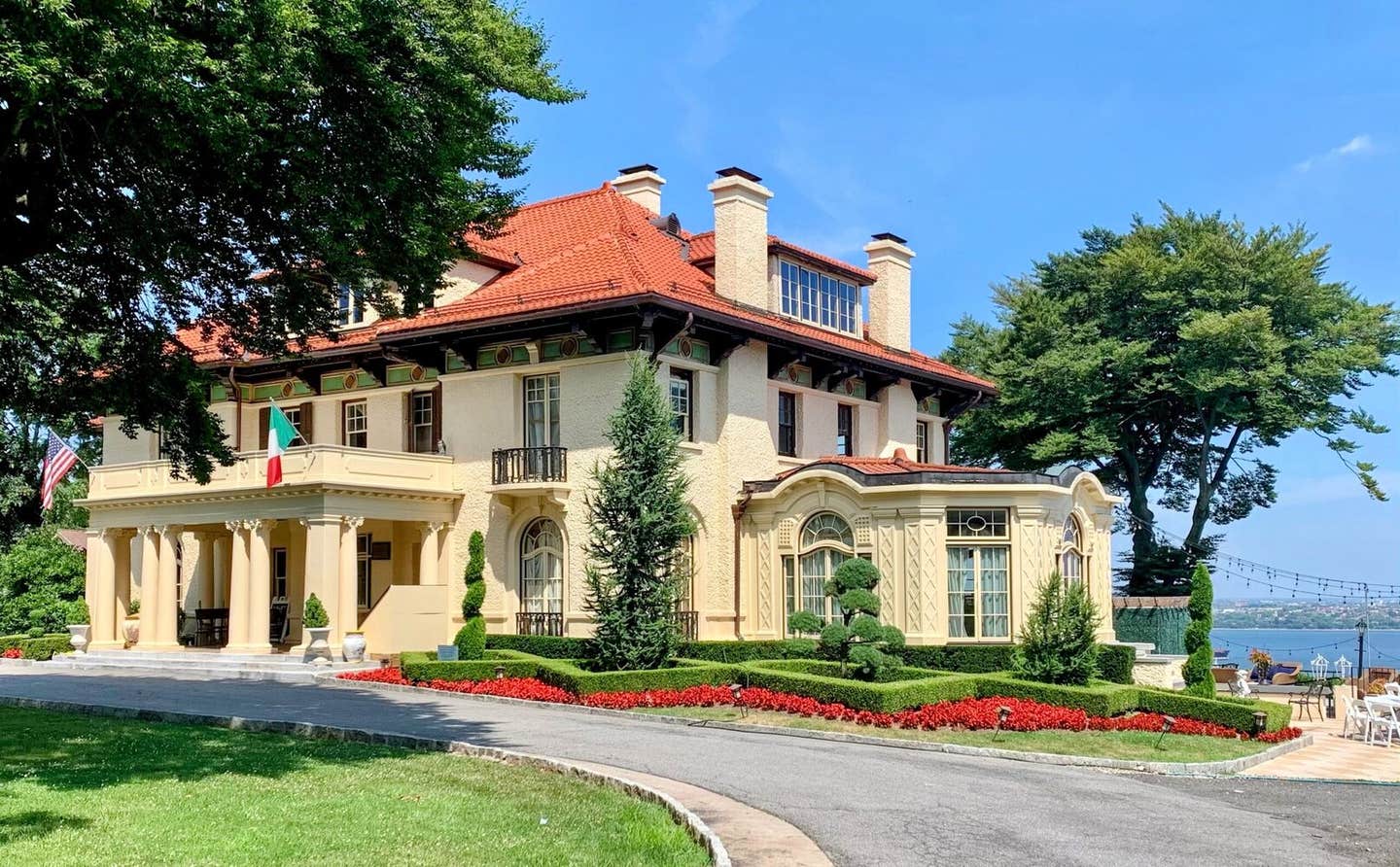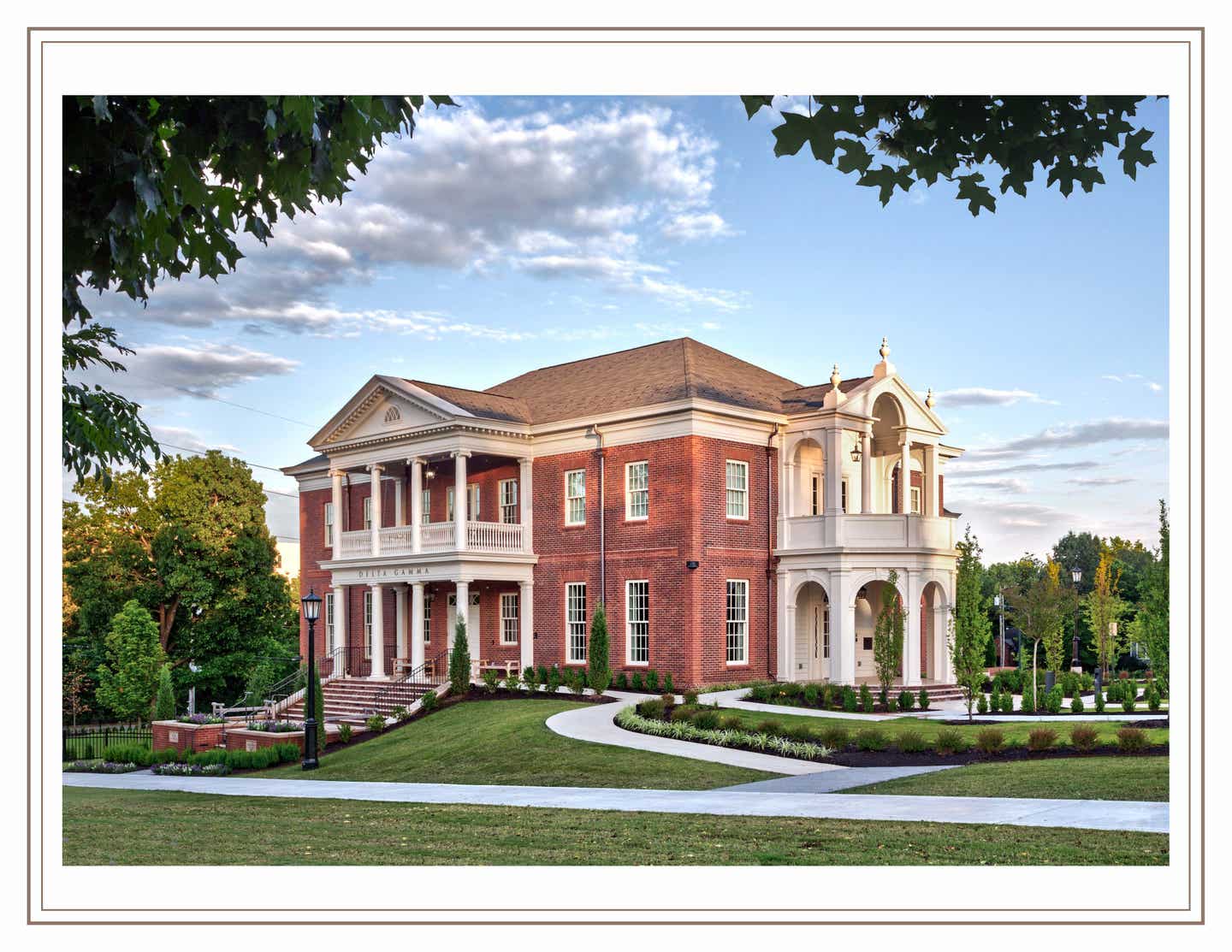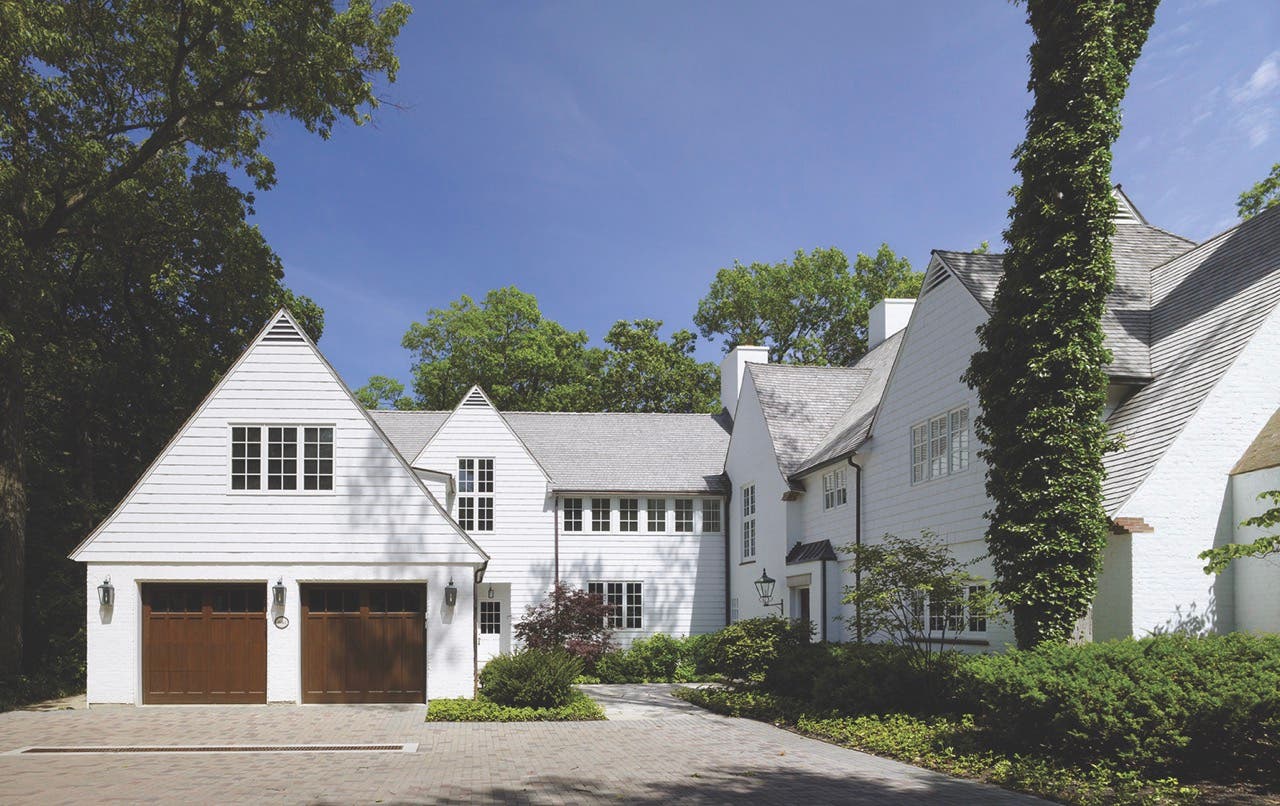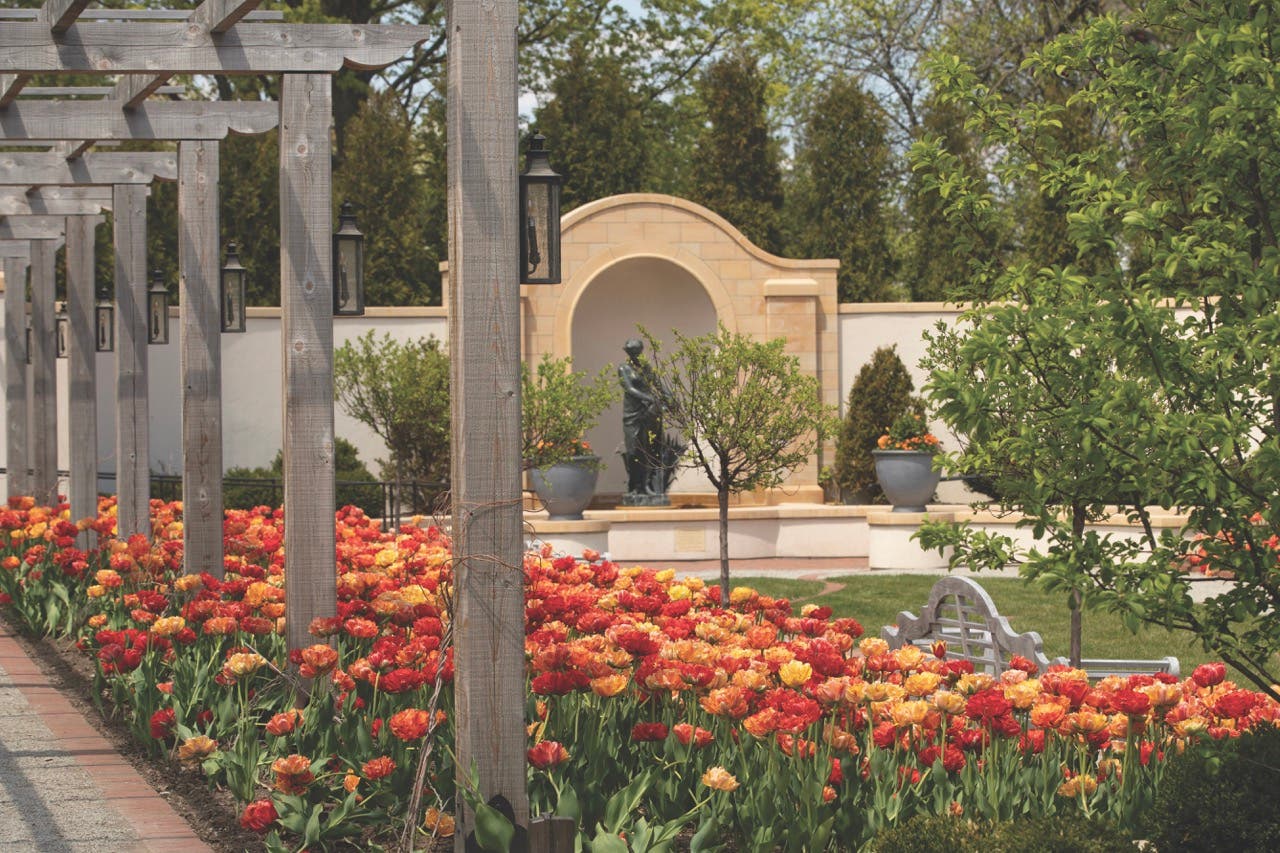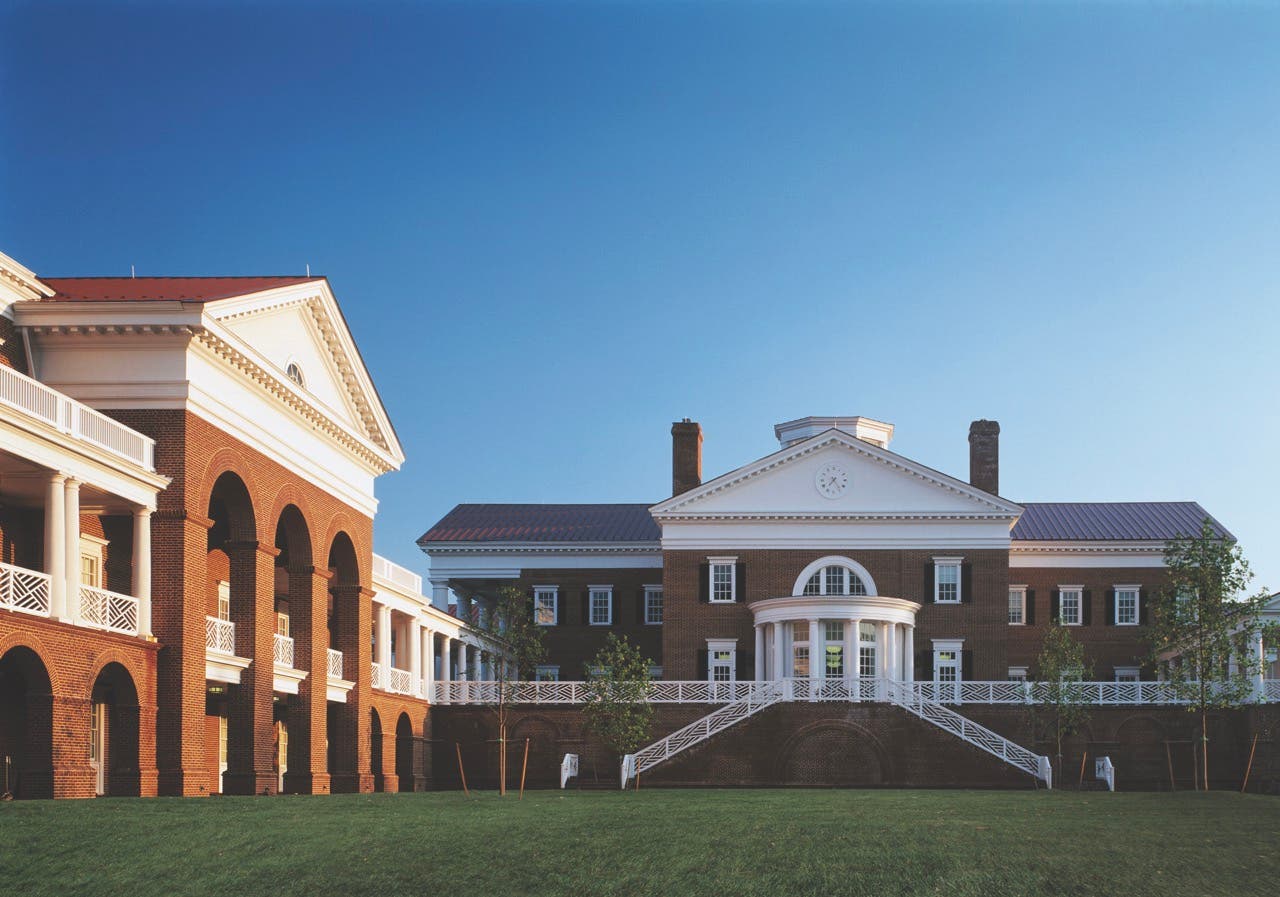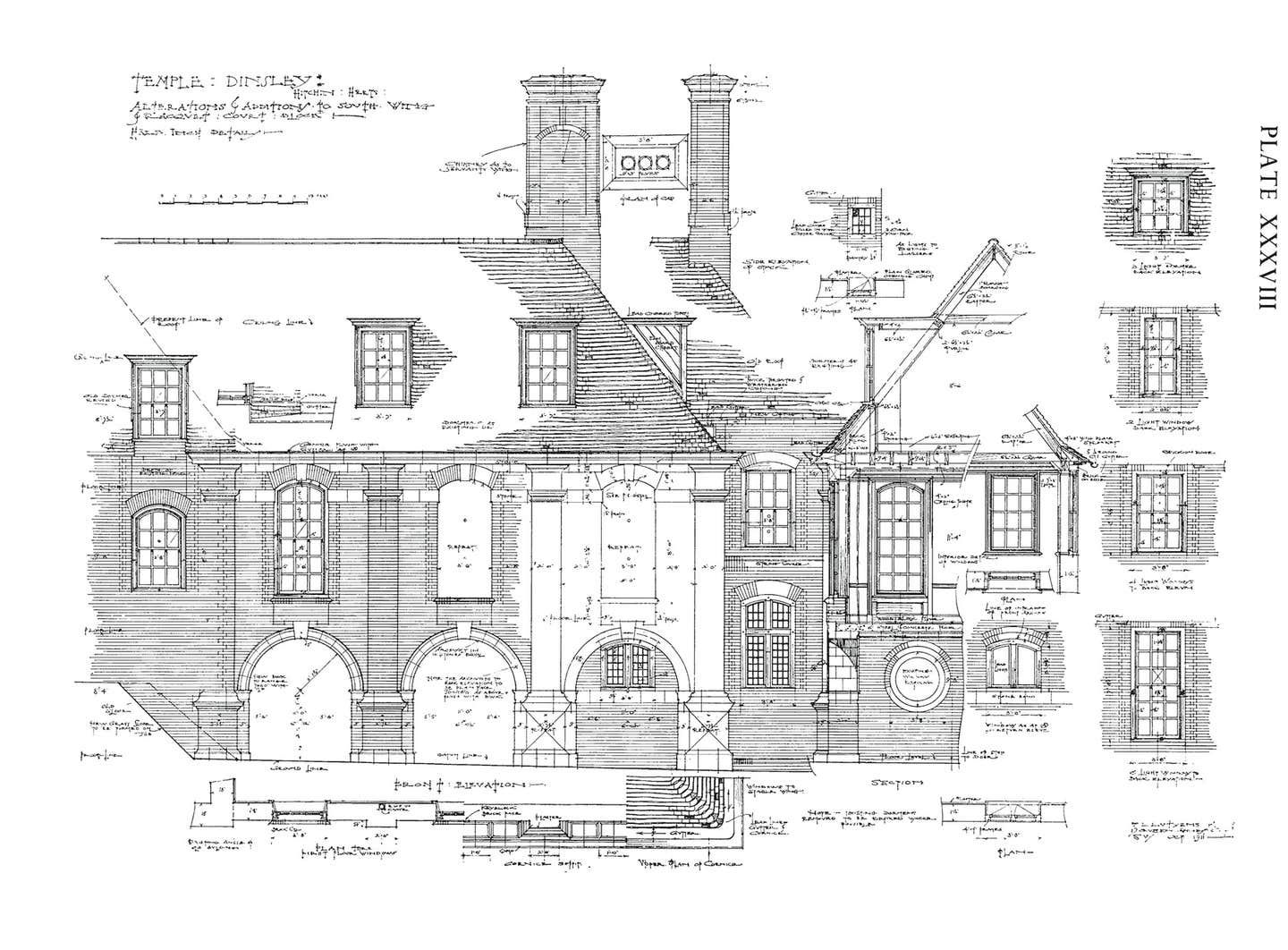
Features
Lutyens Monographs
Since their initial publication nearly 75 years ago, the Lutyens Memorial Volumes—a trio of oversized monographs detailing the oeuvre of influential British architect and 1925 AIA Gold Medal winner Sir Edwin Lutyens—became something of a contradiction.
On one hand, they’re among the most important architectural books of the 20th century and remain perennially instructive reference materials for contemporary architects. On the other, they’ve proven extraordinarily hard to find: the only reprint of all three books was issued 40 years ago, and first editions routinely fetch more than a thousand dollars at auction. “The Lutyens series very much is and has been a teaching tool,” says Matt Enquist, an architect and chair of the Institute of Classical Architecture & Art (ICAA) Books committee. “Then, it became basically inaccessible due to how rare and expensive they are.”
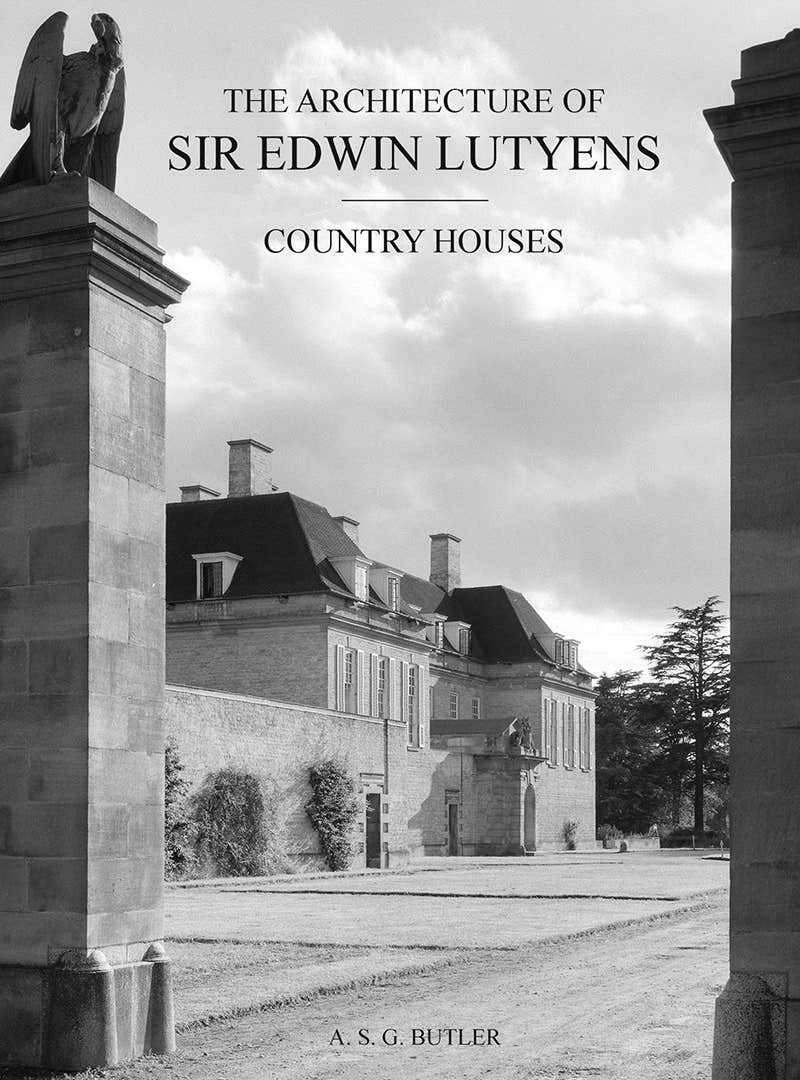
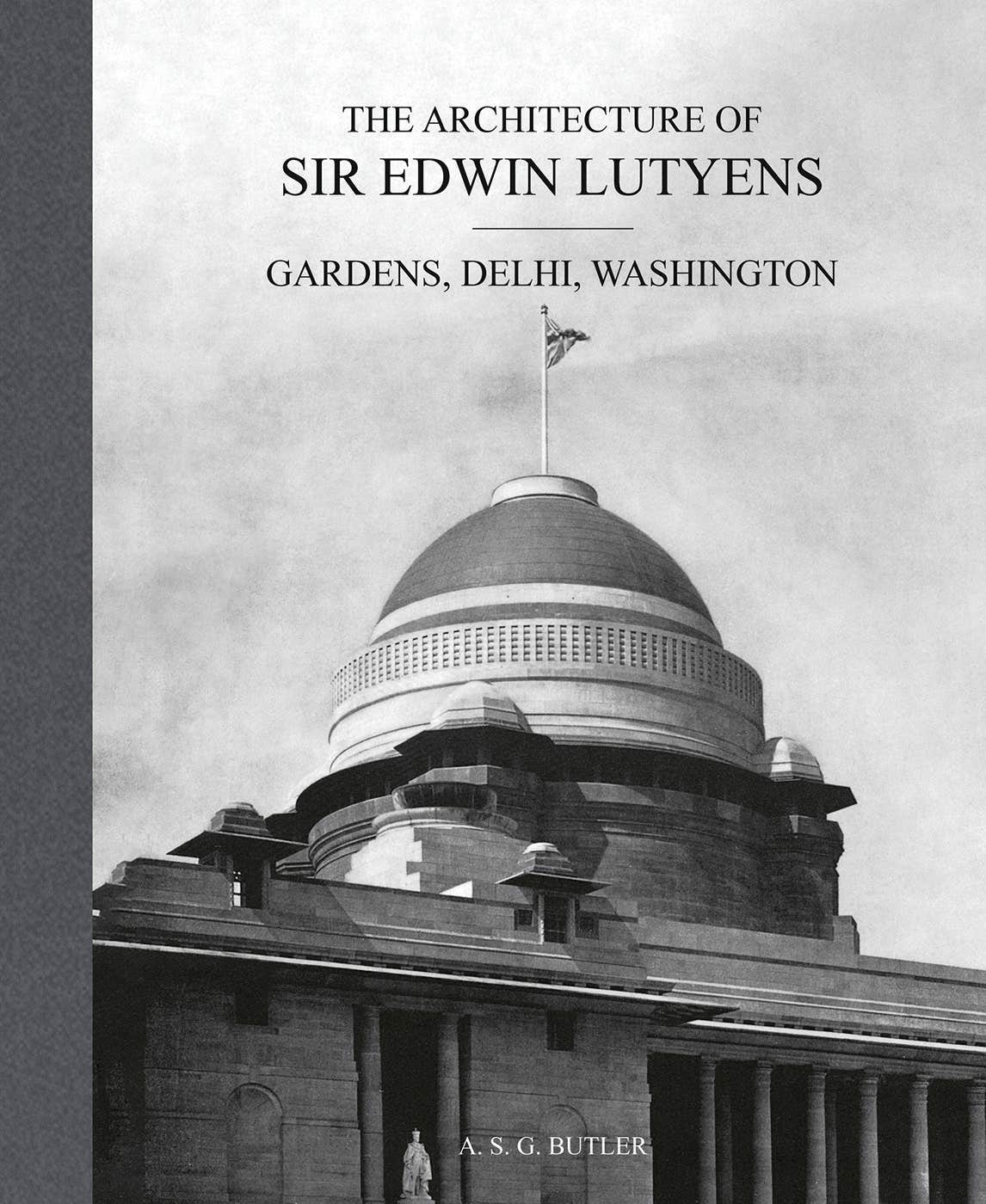
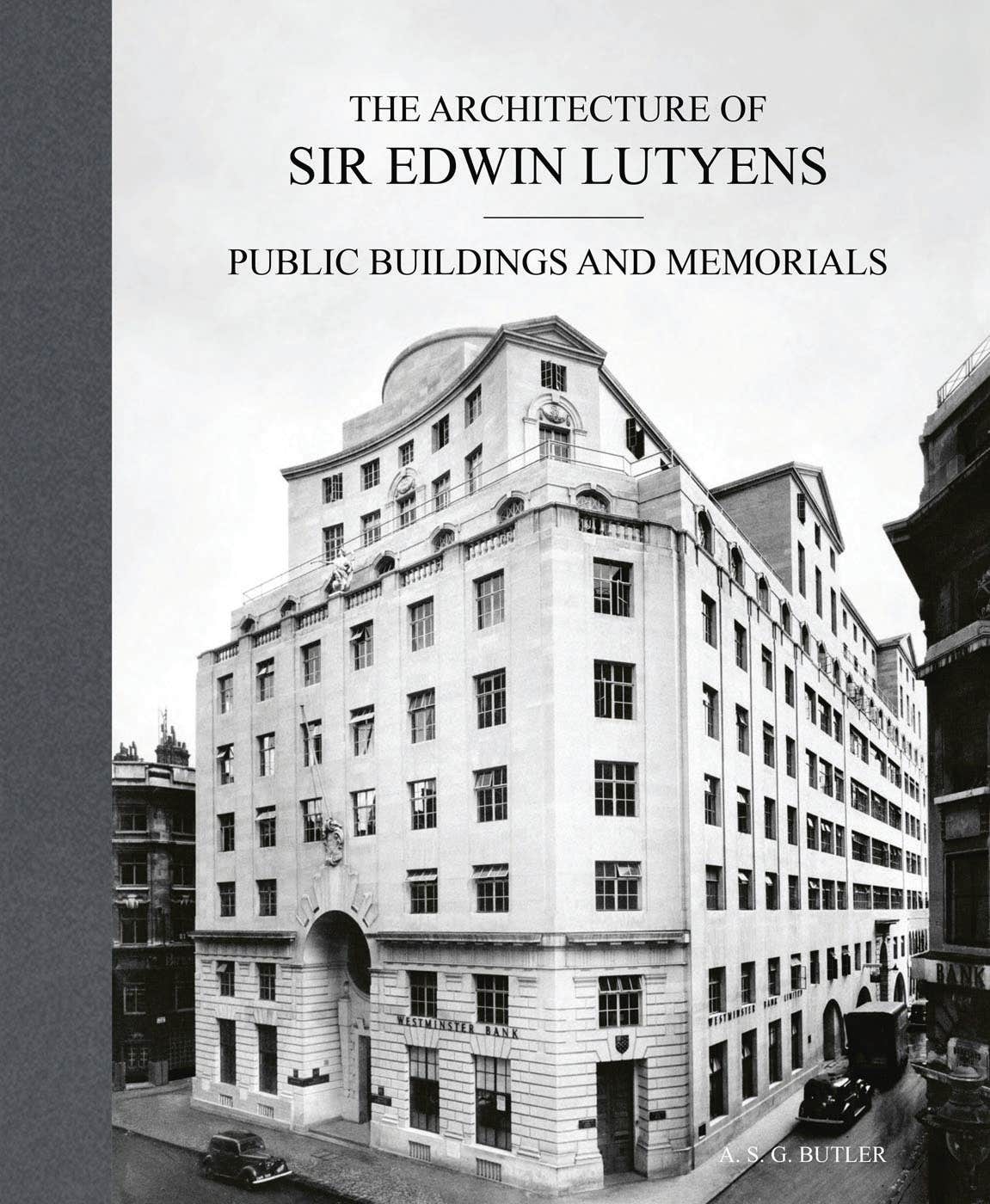
Now, through a collaboration between the ICAA and ACC Art Books, the Lutyens Memorial Volumes are newly available to an audience that’s eagerly awaited their return. With a trove of detailed drawings, photographs, and essays by Arthur Stanley George Butler and Lutyens biographer Christopher Hussey, the books—one chronicling Lutyens’s country houses; another his gardens and renowned projects like the Viceroy’s Palace in New Delhi; and the third, released this spring, on his public buildings and designs for Liverpool Cathedral—are faithful recreations of their originals, offering a window into their namesake’s genius.
“It’s one of the most important architectural monographs,” Enquist says. “There are very few that have gone into this level of depth and breadth, that have really gone through the analysis of showing both the measured drawings—from the site plan, the plans, the elevations, all the way to the details—and then paralleled them with photographs.”
The origins of the series date to World War II. As the architect’s health diminished and his buildings in England came under threat from falling bombs, Edwin’s son, Robert, proposed a series of memorial volumes compiling Lutyens’s signature works, famously documented in Country Life magazine, which published the first edition in 1950. The books were born of a gloomy sense of posterity, as Oxford architectural history professor David Frazer Lewis explained in a lecture coinciding with the first volume’s 2023 re-release: as midcentury architects embraced International Style and rejected tradition, it was essential to create a time capsule of Lutyens’s work and legacy to educate and inspire future generations of architects and students. (Oversized pages—a scale at which practicing architects can properly measure and analyze the technical drawings—were a deliberate choice.)’


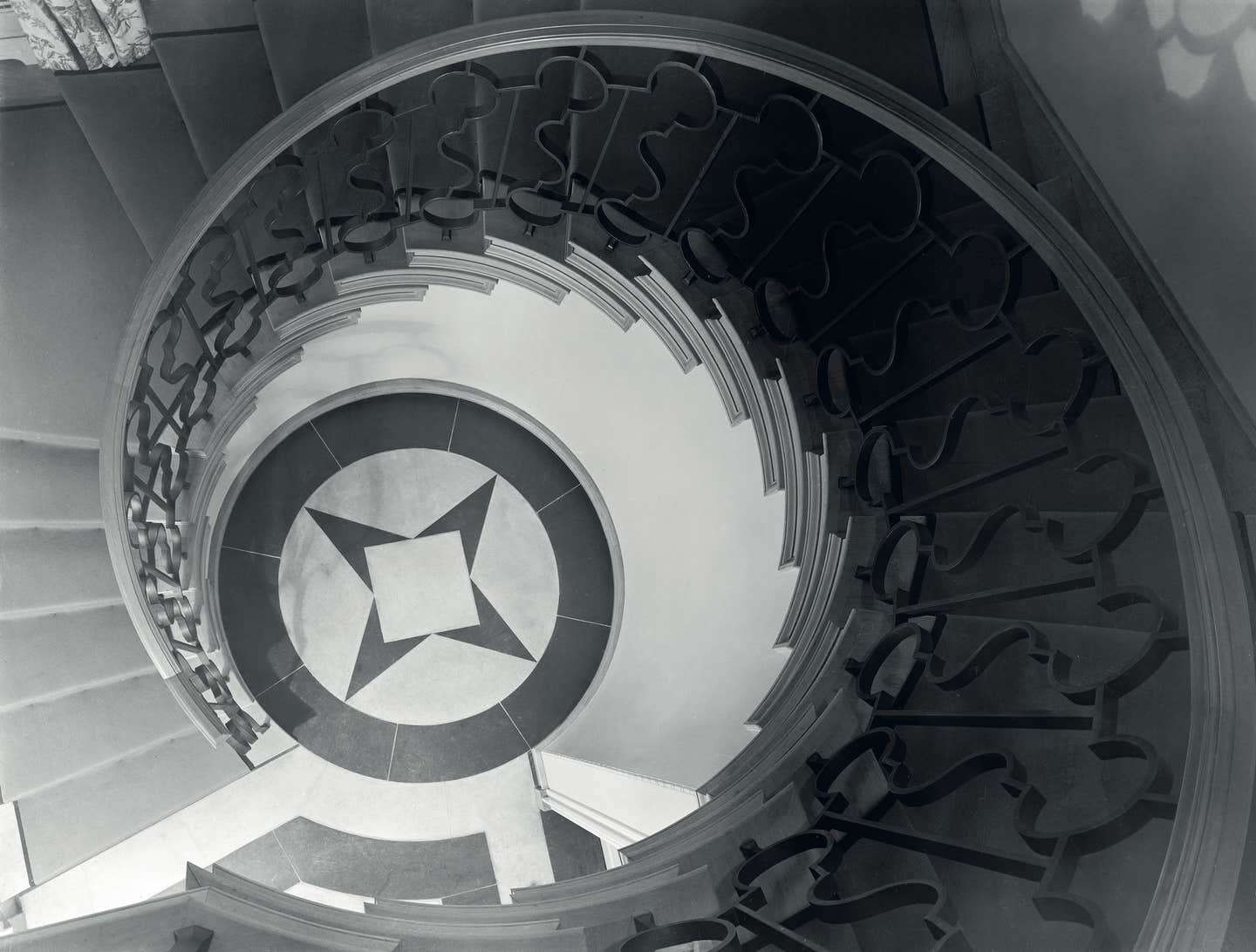
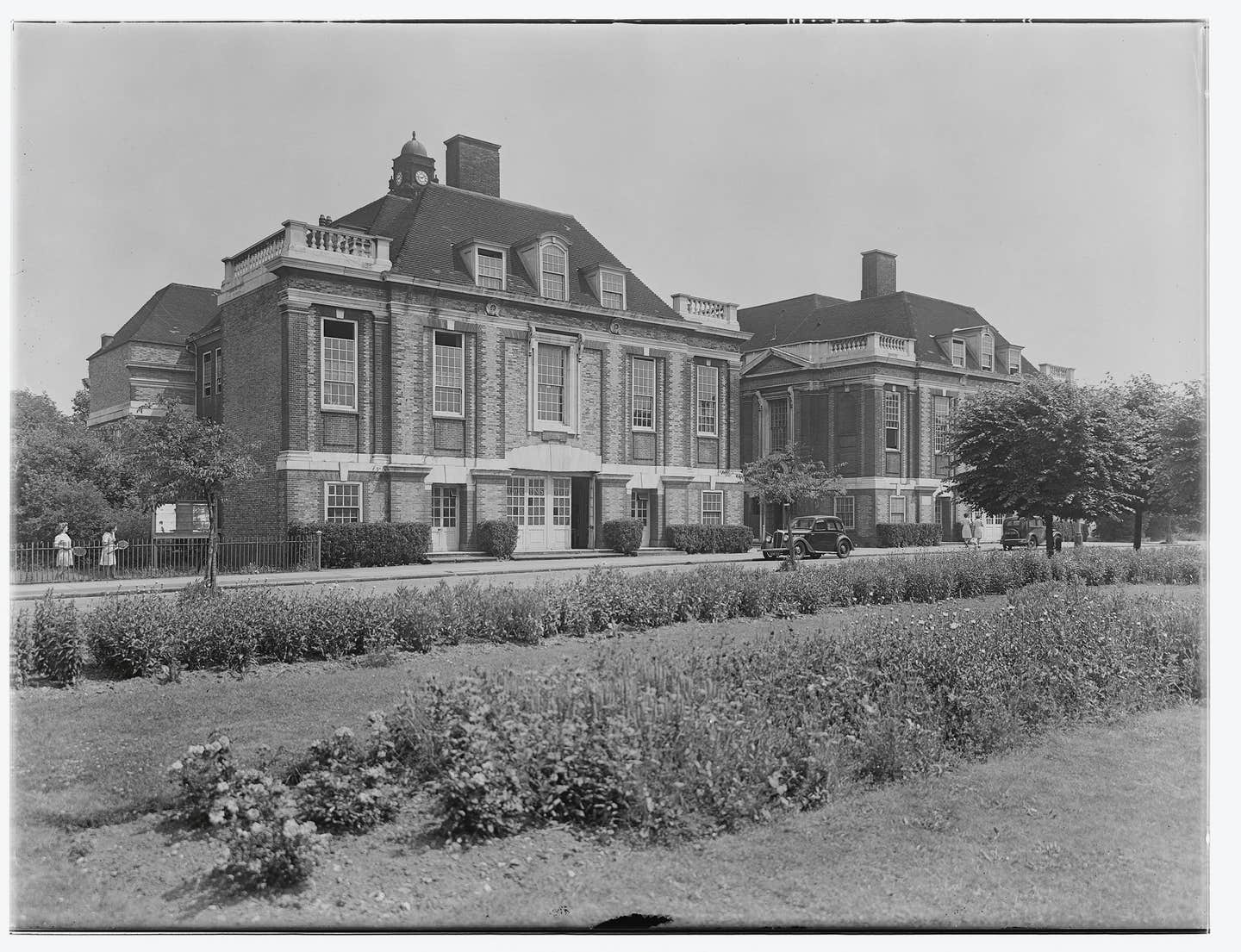
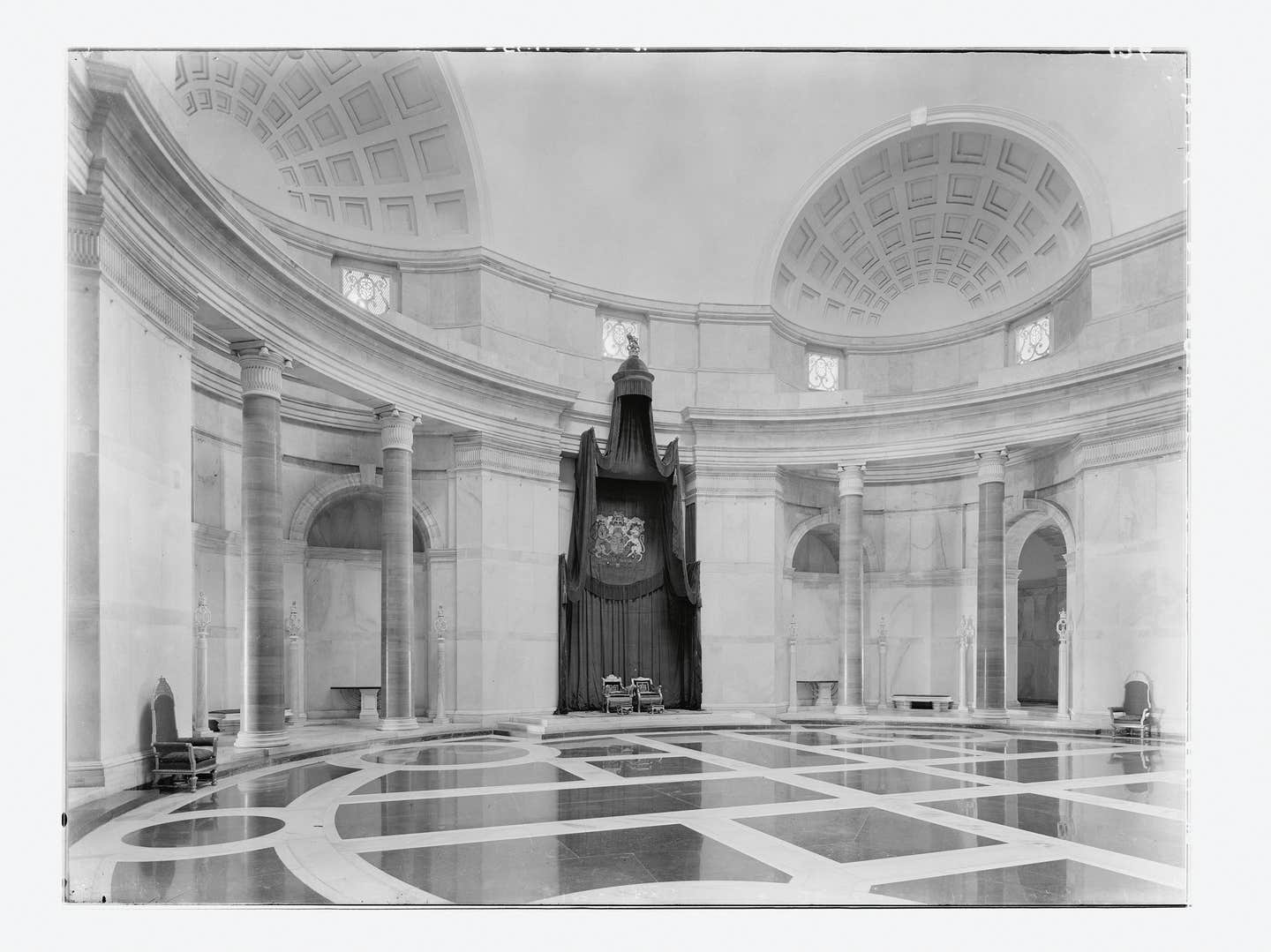
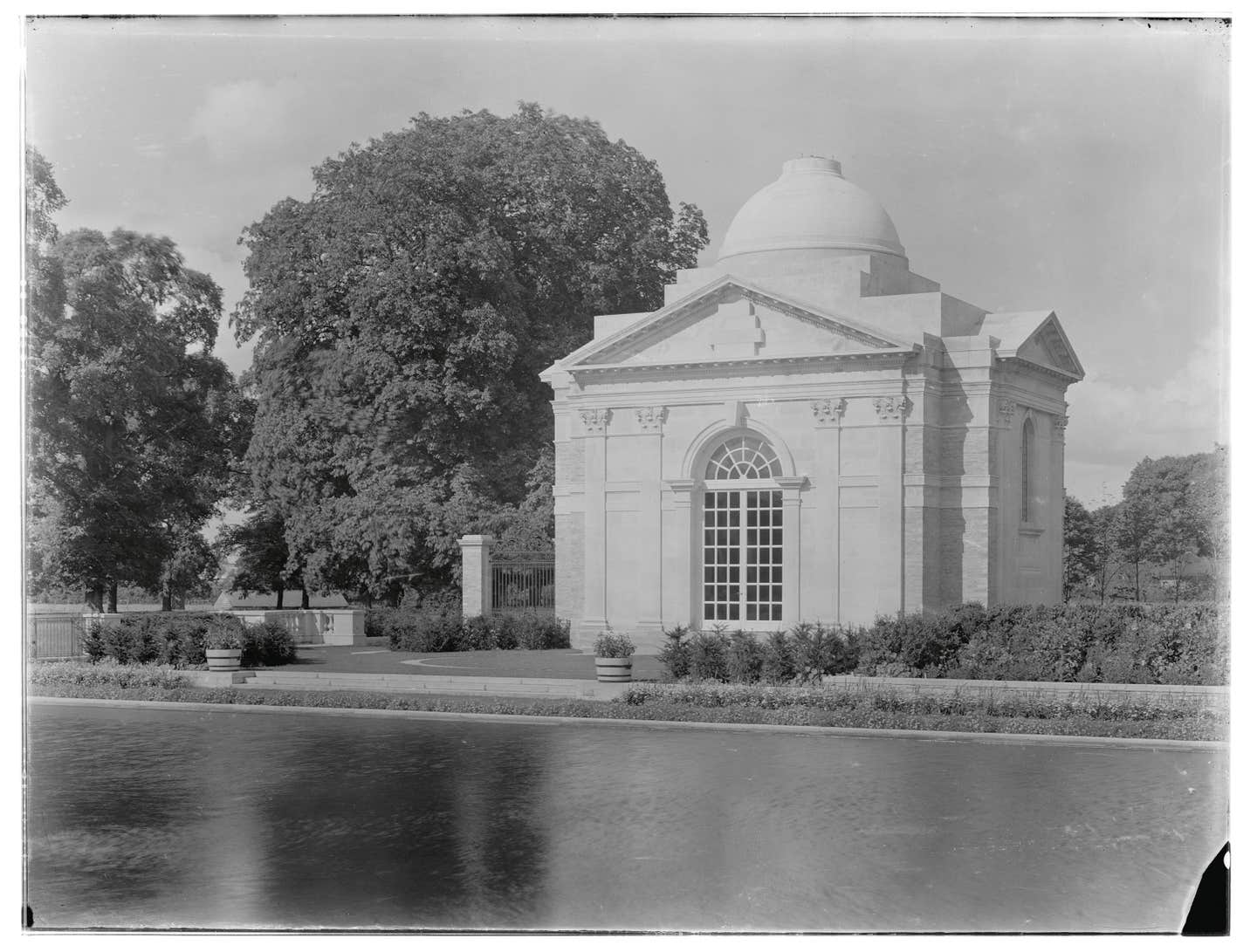
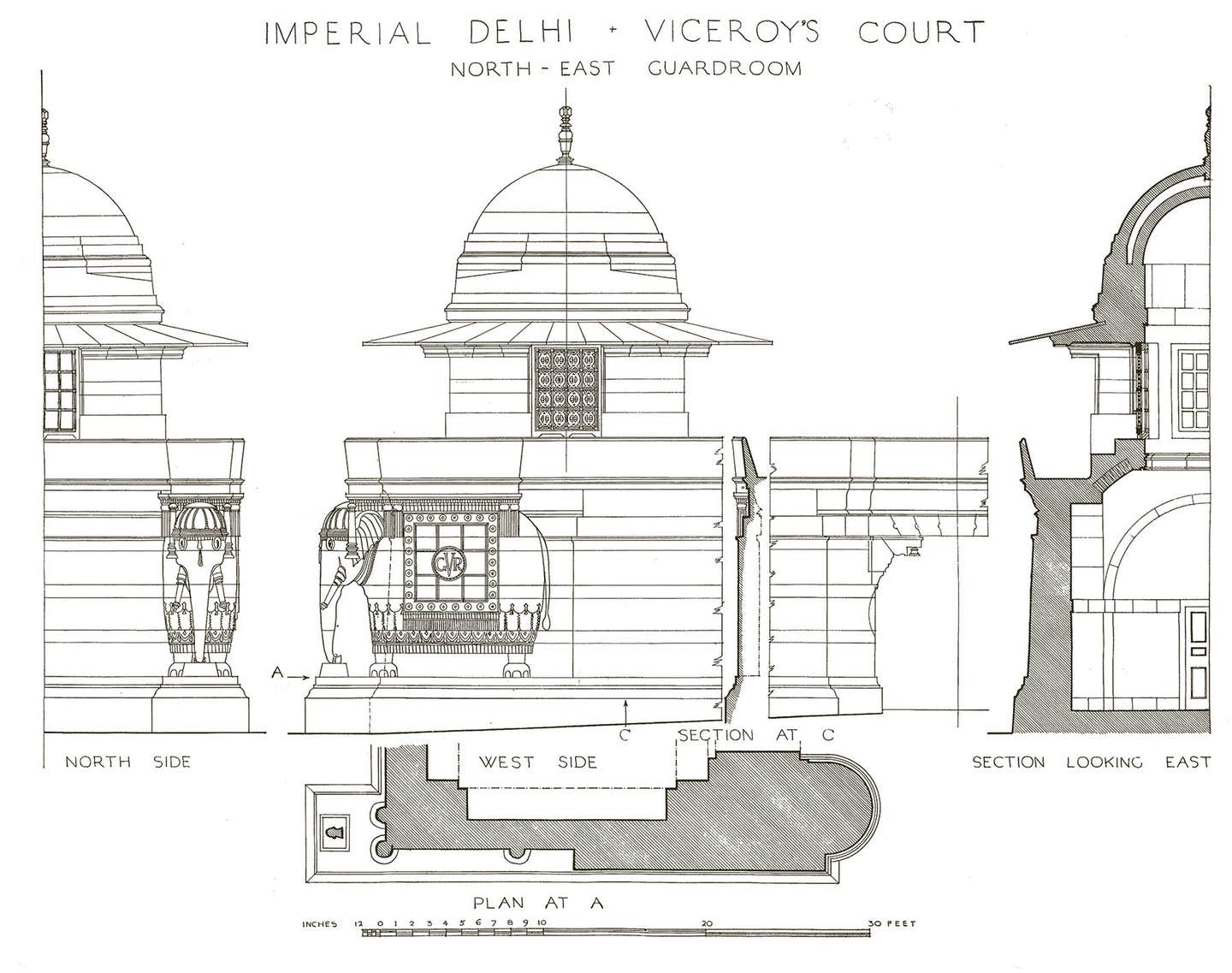
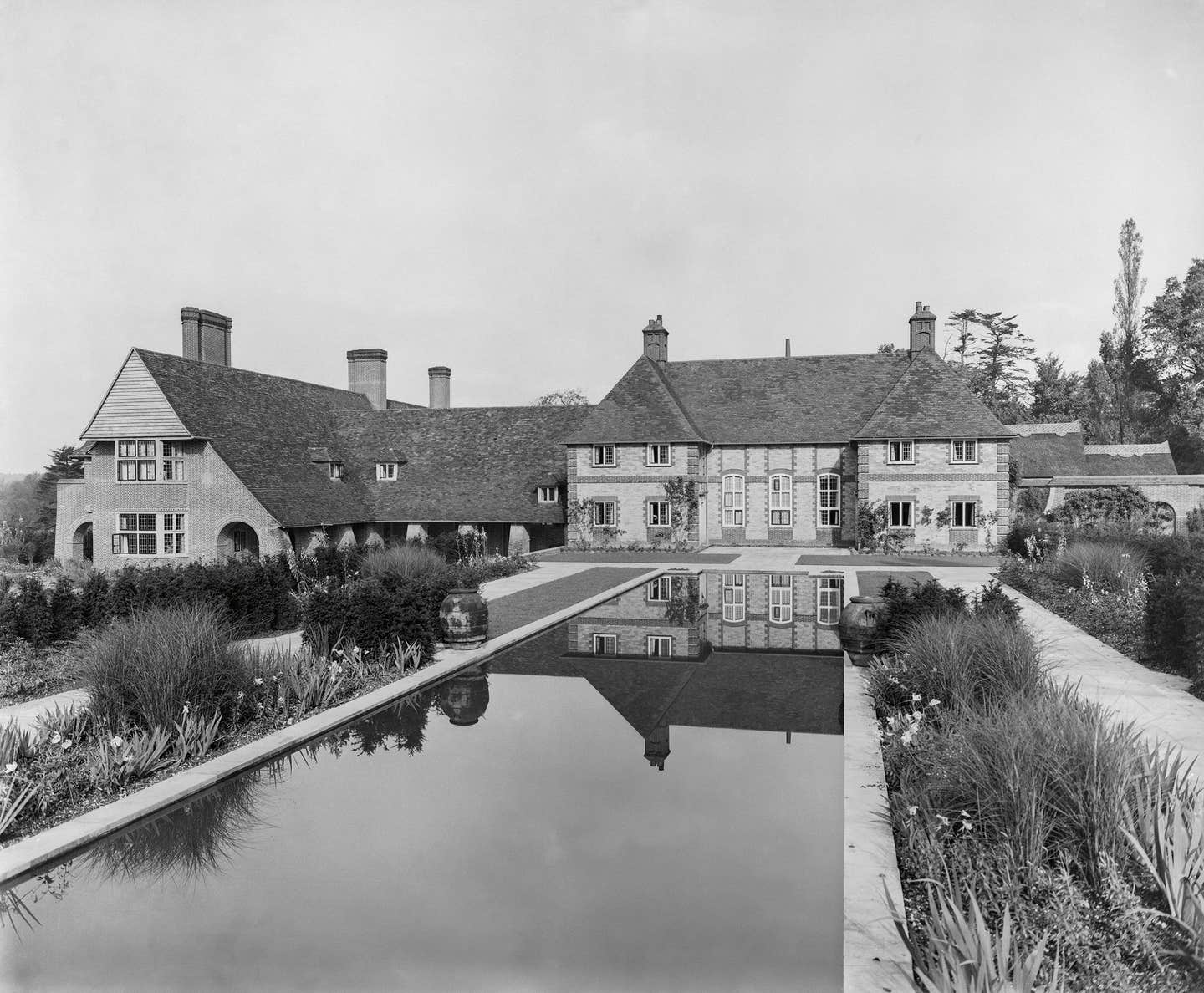
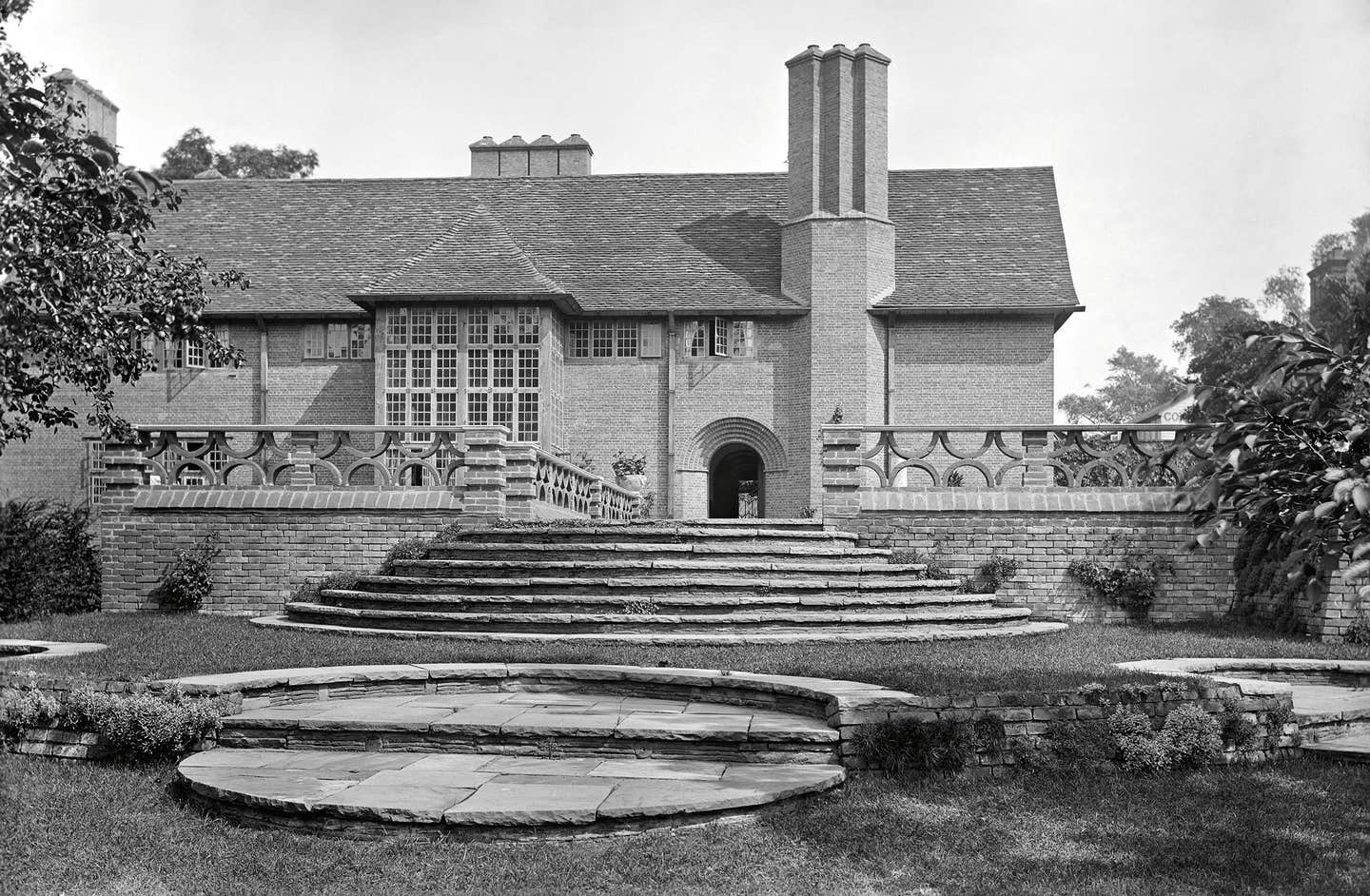
Decades later, Lutyens received a reappraisal. Several of his buildings appeared in Robert Venturi’s Complexity and Contradiction in Architecture. Allen Greenberg and Robert Grant Irving wrote of an admiration for Lutyens that was inspired by the memorial volumes. Later, Greenberg proposed a 1978 exhibition of Lutyens’s photographs and drawings at the Museum of Modern Art; that same year, on the 50th anniversary of Lutyens’ construction of the British embassy in Washington, D.C., the Modernist Philip Johnson publicly voiced his esteem for Lutyens. The series was reprinted in 1984—albeit at a notably shrunk-down size with fuzzier images—to a warm reception, then promptly became elusive once again.
While a single-volume reprint of the Lutyens’s country houses was produced in 2003, years later ICAA and ACC Art Books began talking about a shared interest in reviving the full series. “With the ICAA’s books committee, we seek to identify the most seminal books that are no longer accessible, that are really important for both the practice of Classical architecture as well as the ongoing education and use of people to make this architecture today,” Enquist says. It became, he adds, the most complex and ambitious project the ICAA committee has undertaken to date.
Before the first edition was released in 2023, ICAA and ACC Art Books embarked on years of meticulous effort. Country Life provided high-resolution scans of their original glass plate images and the ICAA and ACC combed through these to match them with the images in the Memorial Series. Preparing the publications involved reviewing proofs with a magnifying glass to ensure fidelity to the original edition. “Throughout the process—going in with a critical eye, having conversations with the publisher, getting everybody on the same page that we were going to keep pushing the quality of this project until it was as good as it could be—the partnership between us and ACC was amazing.”
Now, with the Lutyens Memorial Volumes available once again, Lutyens admirers and new students alike have direct access to understanding the nuances of his approach. “Lutyens’s use of the classical is not didactic, that he was able to use and manipulate the language that allowed for a high degree of inventiveness that was very tailored, specific, and unique to each one of his projects,” Enquist says. “One of the things we hope people take away from his work is that classical architecture is very much a living language, one that allows for a lot of possibilities of varied expression.” TB
To order books, visit classicist.org/books

